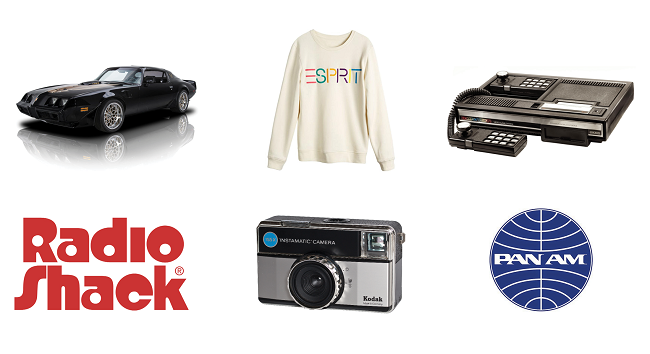
by Scott Ronalds
If you grew up in the 80’s, the hit Netflix series Stranger Things does a fantastic job of taking you back three decades to the era of gas-guzzling Chevys, short shorts, Slurpees, mall rats, bowl cuts, Corey Hart, and all things neon.
Although Netflix notes that the show doesn’t have any paid product placement deals, the producers use plenty of then-popular brands to amp up the nostalgia. There are sightings of Adidas three-striped shoes, Pentax cameras, Sanyo boomboxes, Hawaiian Tropic suntan lotion, Casio watches, Camaros, Radio Shacks, Kodak film and, yes, New Coke.
It reminded me that while some of these brands are still popular today, others aren’t. If you asked anybody at the time, they would’ve told you they’re all here to stay. But consumer tastes and global trends are ever changing and it’s a true feat for a company to maintain a leadership position year after year, let alone decade after decade. That’s what makes investing so interesting.
For a company to achieve any sort of staying power, it must be able to evolve. A business needs to be adaptable and have the resources and vision to create new and better products, services, and even markets, if it’s going to be successful. Those that don’t will be left behind.
Indeed, many brands that were iconic in the 80’s have since faded or the companies gone bankrupt, crushing shareholders in the process. Kodak, General Motors (Chevrolet), Pan Am, Sears, Radio Shack, Polaroid, Coleco (remember those joysticks?) and Blockbuster are just a few.
Some of today’s most popular brands — and investments — include Apple, Amazon, Tesla, Netflix, Beyond Meat, Spotify, Uber and Lululemon. Thirty years from now, some of them will still be high in the sky (and will turn out to be good long-term investments) while others will be obsolete. Which is why it’s important to not get too fixated on today’s hip companies. To be sure, if your portfolio is only focused on what’s red hot today, you may be feeling burned tomorrow.
We're not a bank.
Which means we don't have to communicate like one (phew!). Sign up for our blog to get the straight goods on investing.

